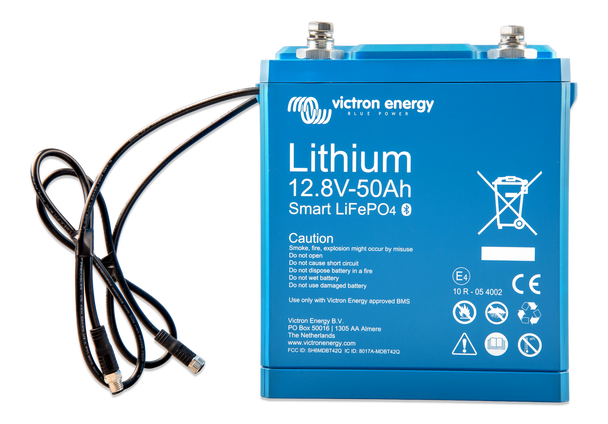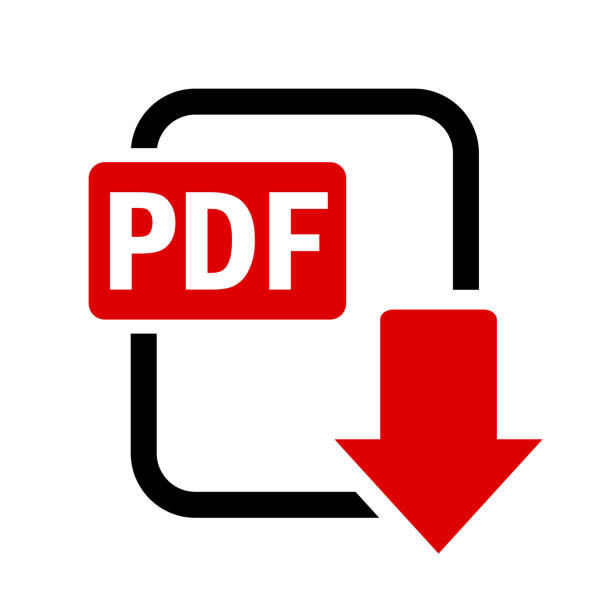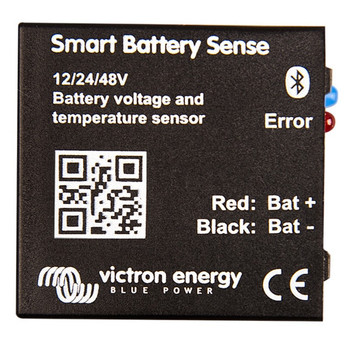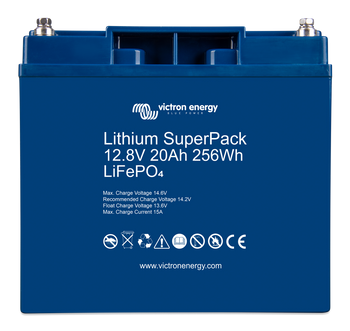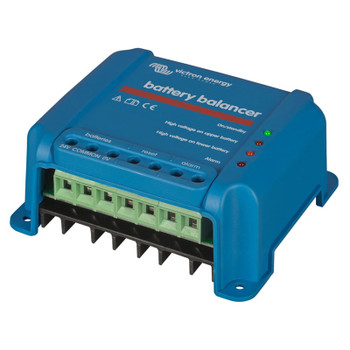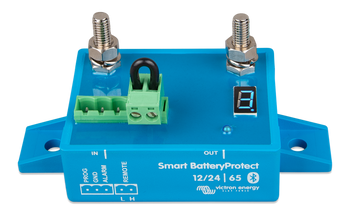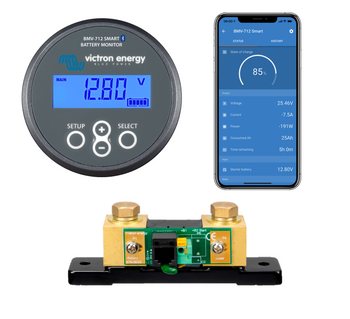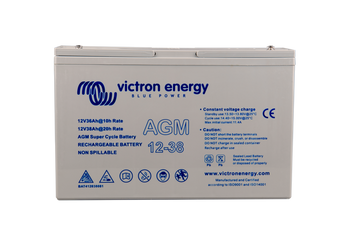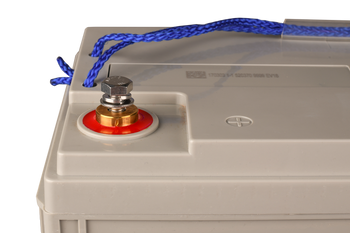Victron Energy
Victron Energy Lithium Battery Smart - 12.8V & 25.6V
- Availability:
- Available on Request
Description
Victron Energy Lithium Battery Smart batteries are Lithium Iron Phosphate (LiFePO4) batteries and are available in 12.8 V or 25.6 V in various capacities. They can be connected in series, parallel and series/parallel so that a battery bank can be built for system voltages of 12 V, 24 V or 48 V. The maximum number of batteries in one system is 20, which results in a maximum energy storage of 84 kWh in a 12 V system and up to 102 kWh in a 24 V1) and 48 V1) system. A single LFP cell has a nominal voltage of 3.2V. A 12.8 V battery consists of 4 cells connected in series and a 25.6 V battery consists of 8 cells connected in series.
Why lithium-iron-phosphate?
Rugged
A lead-acid battery will fail prematurely due to sulfation:
- If it operates in deficit mode during long periods of time (i.e. if the battery is rarely, or never at all, fully charged).
- If it is left partially charged or worse, fully discharged (yacht or mobile home during wintertime).
A LFP battery:
- Does not need to be fully charged. Service life even slightly improves in case of partial charge instead of a full
charge. This is a major advantage of LFP compared to lead-acid. - Other advantages are the wide operating temperature range, excellent cycling performance, low internal resistance
and high efficiency (see below).
LFP is therefore the chemistry of choice for demanding applications.
Efficient
- In several applications (especially off-grid solar and/or wind), energy efficiency can be of crucial importance.
- The round-trip energy efficiency (discharge from 100 % to 0 % and back to 100 % charged) of the average lead-acid battery is 80 %.
- The round-trip energy efficiency of a LFP battery is 92 %.
- The charge process of lead-acid batteries becomes particularly inefficient when the 80 % state of charge has been
reached, resulting in efficiencies of 50 % or even less in solar systems where several days of reserve energy is
required (battery operating in 70 % to 100 % charged state). - In contrast, a LFP battery will still achieve 90 % efficiency under shallow discharge conditions
Size and weight
- Saves up to 70 % in space
- Saves up to 70 % in weight
Expensive?
- LFP batteries are expensive when compared to lead-acid. But in demanding applications, the high initial cost will be
more than compensated by longer service life, superior reliability and excellent efficiency.
Bluetooth
- With Bluetooth cell voltages, temperature and alarm status can be monitored.
- Instant readout: The VictronConnect App can display the most important data on the Device list page without the
need to connect to the product. - Very useful to localize a (potential) problem, such as cell imbalance.
1) To reduce required balancing time, we recommend to use a little different batteries in series as possible for the application. 24
V systems are best built using 24 V batteries. And 48 V systems are best built using two 24 V batteries in series. While the
alternative, four 12 V batteries in series, will work, it will require more periodic balancing time.



